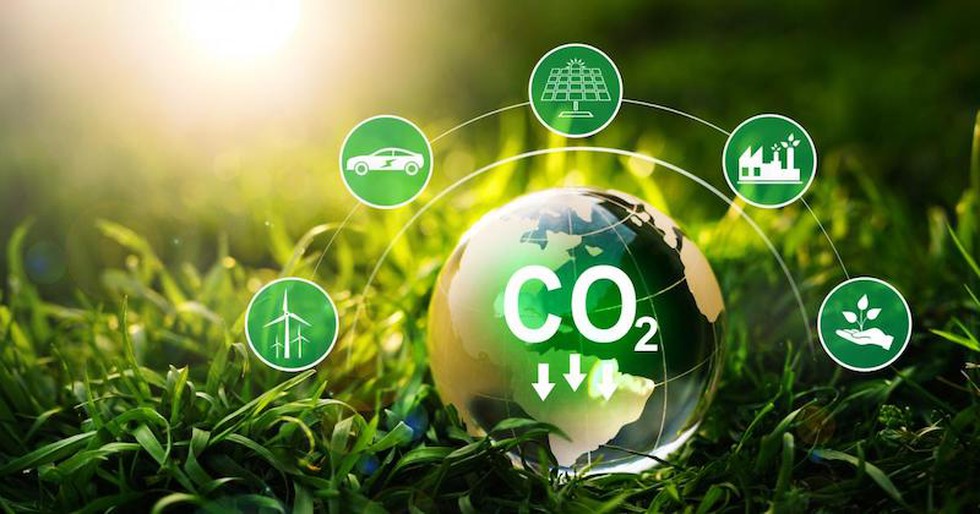About Carbon Border Adjustment Mechanism (CBAM):
- It is a European Union (EU) tariff on carbon intensive products.
- Purpose: To put a fair price on the carbon emitted during the production of carbon intensive goods that are entering the EU and to encourage cleaner industrial production in non-EU countries.
- By confirming that a price has been paid for the embedded carbon emissions generated in the production of certain goods imported into the EU, the CBAM will ensure the carbon price of imports is equivalent to the carbon price of domestic production, and that the EU's climate objectives are not undermined.
- If implemented as planned, EU importers will have to buy carbon certificatescorresponding to the carbon price that would have been paid in the EU if the goods had been produced locally.
- The price of the certificates would be calculated according to the auction prices in the EU carbon credit market.
- The number of certificates required would be defined yearly by the quantity of goods and the embedded emissions in those goods imported into the EU.
- EU importers will declare the emissions embedded in their imports and surrender the corresponding number of certificates each year.
- If importers can prove that a carbon price has already been paid during the production of the imported goods, the corresponding amount can be deducted.
- Companies in countries with a domestic carbon pricing regime equivalent to the EU’s will be able to export to the EU without buying CBAM certificates.
- CBAM will apply in its definitive regime from 2026, while the current transitional phase lasts between 2023 and 2025.
- Only reporting obligations arise during the transitional period, and financial obligations apply from 2026.
- CBAM will initially cover several specific products in some of the most carbon-intensive sectors at risk of "carbon leakage": iron and steel (including some downstream products such as nuts and bolts), cement, fertilizers, aluminium, electricity and hydrogen.
